For our final post before Worldcon, Gillian Polack explores the Hill of Tara, ably assisted by James Shields and Fionna O’Sullivan.
Today I went to Tara. Or rather, Fionna drove and James took the final batch of intrepid pictures in the driving rain. Today three of us went to Tara, then. This first picture is not Tara. It’s the church at Slane. I would hate you to miss it.
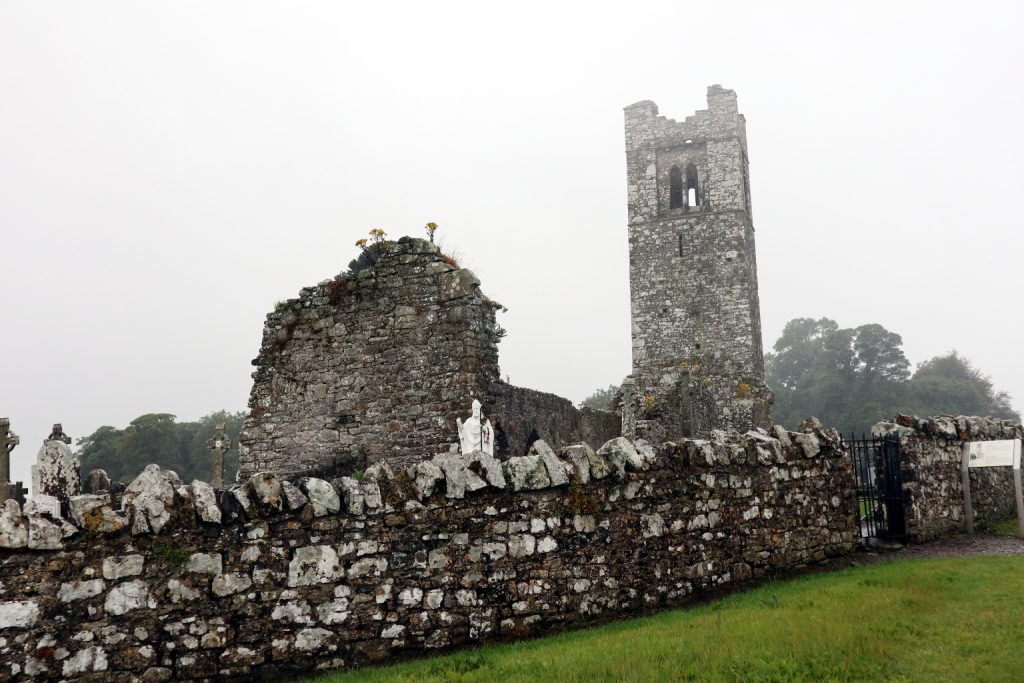
Slane is all about St Patrick according to everyone I’ve talked to. The lady at the tourist information at Tara was worried that I didn’t understand how hard it is to know when mythology is history and history is mythology and she heaved a sigh of relief when I understood that there’s a certain paucity of evidence for a fire on the hill. She gave me the gift (as a thank-you) of explaining which hilltop could see which hilltop: the High King at Tara might have been able to see the fire, but he would probably not have seen the hill itself. This means that we were invisible from Tara when we took these photos. (I took most of them… but James took the really interesting ones from Tara.)
The abbey St. Patrick is said to have founded is on the hill of Slane. That church was on a hill (there were many hills today, most of which were natural but one of which was diagnosed by Fionna as farmer-created). The hill at Slane was not your average hill: it’s where St. Patrick may or may not have lit a tremendous bonfire that changed Irish history. This is why it was so important that a fire could be seen on it from Tara or from Newgrange. A political statement that no-one can see is not that effective.
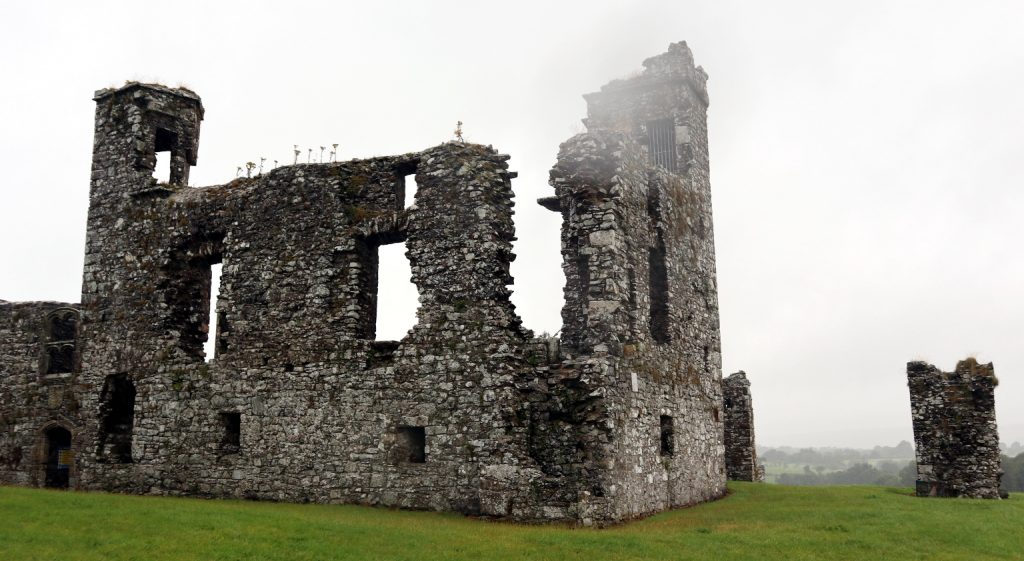
Where there are hills, there are also valleys. The valley in the next picture is not that close to Slane, and it’s important in different ways. Highish Medievalish ways, for the most part, rather than Earlyish Medievalish.
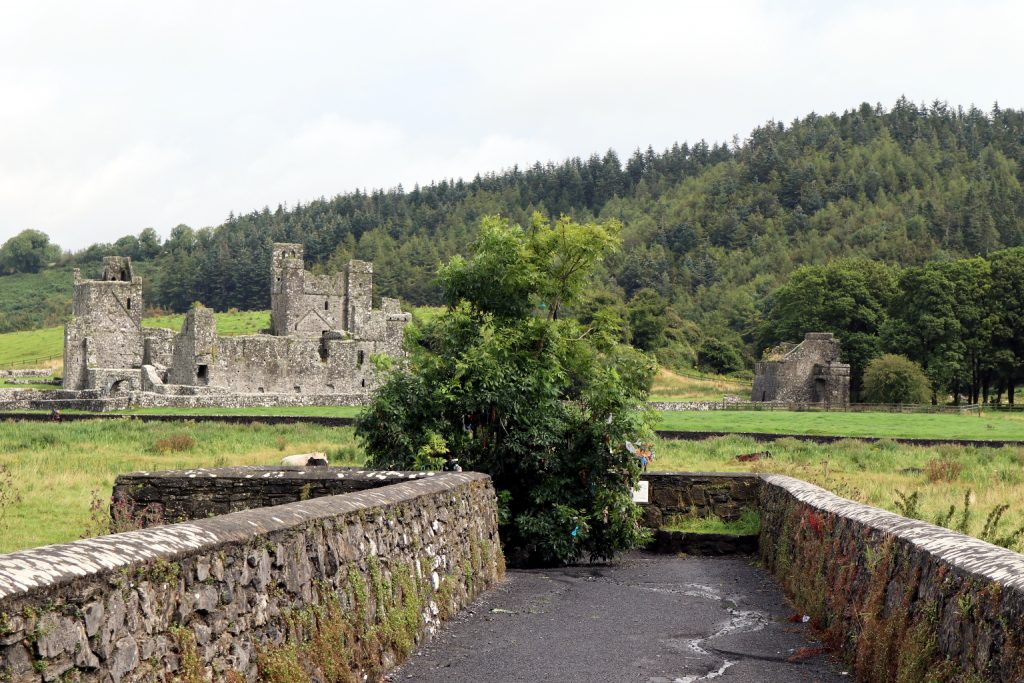
I fell in love with the area around the abbey at Fore. There was a very solid bit of medieval wall, the remnants of an abbey, an old church safely protected from the hillside by a cemetery … and more. The valley was tucked into granite hills and at the centre of it all was an ash tree growing out of an ancient well and decorated by so many people. I was expecting Tara to be the highlight of my day, but this valley gently nudged it aside.
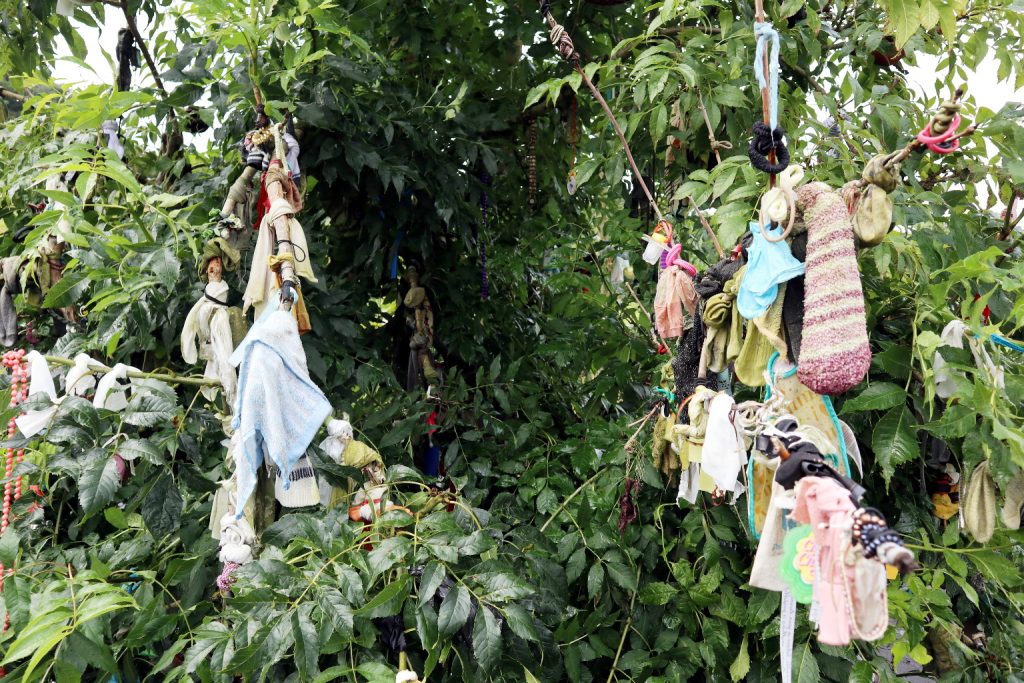
On the way to Tara from there, we had lunch in a pub. Of course we did. The picture is not of where we had lunch, it’s the pub down the road that didn’t serve food, but it called itself an Irish pub and I’ve always wondered what an Irish pub would look like in Ireland.
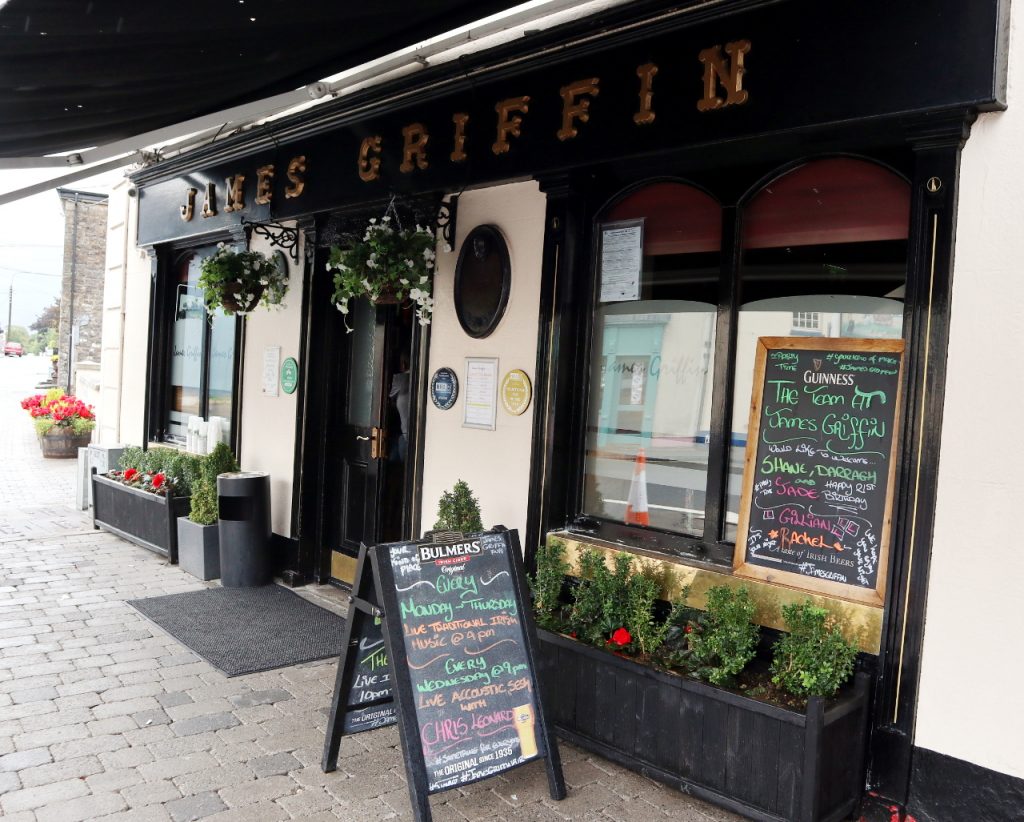
My eyes were boggled by the castle at Trim. Why were my eyes boggled? Such an intimidating castle, even half-fallen down. Oisin McGann wrote about this, so you’re spared an hour of medievalish thought. Fionna and James were not so lucky.
It was a bit wet, and a bit cold (even for me – and I left winter on Wednesday) which meant I could only see the edge of Tara. The moral of the story is quite possibly that disabilities do what the description says. James took photos of the bits I couldn’t see, for your benefit (thank him nicely, please, for it was pouring ice-rain) and for mine. My photographs include critical objects like… jam.
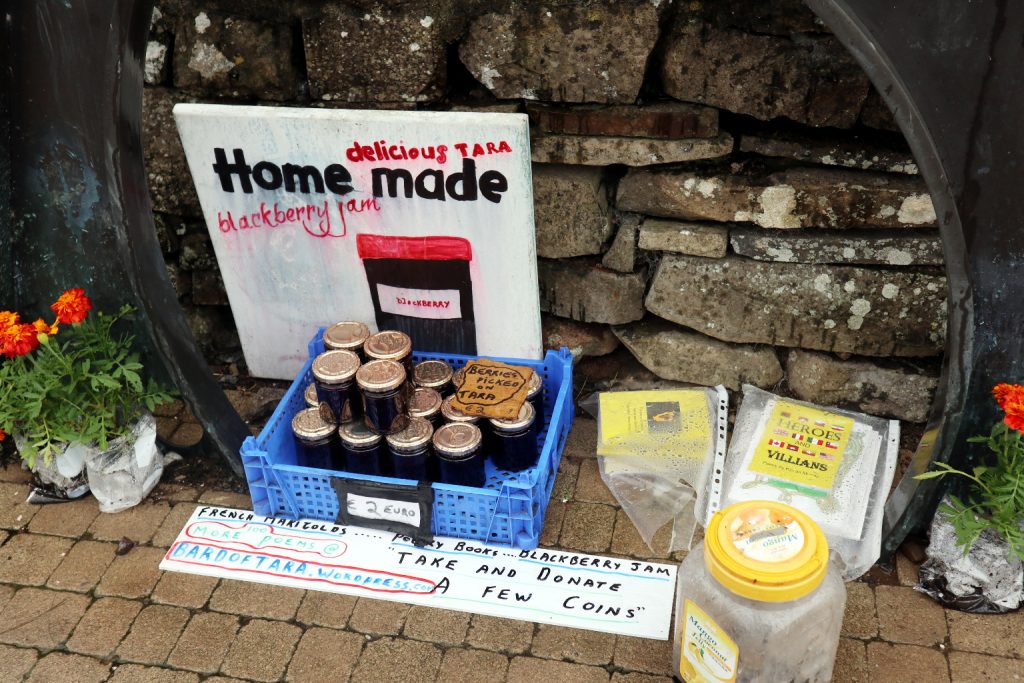
What did I see? I saw the modern settlement spilling down the hill: graves and houses and a church turned into a tourist centre and a rather nice gift shop. From there was the road and the town and the everyday. The top of the hill is the Tara we dream of. The underground bits we cannot see, the half-visible avenue leading to the carved earth, the pillars and the hollows and the memories of the high kings.
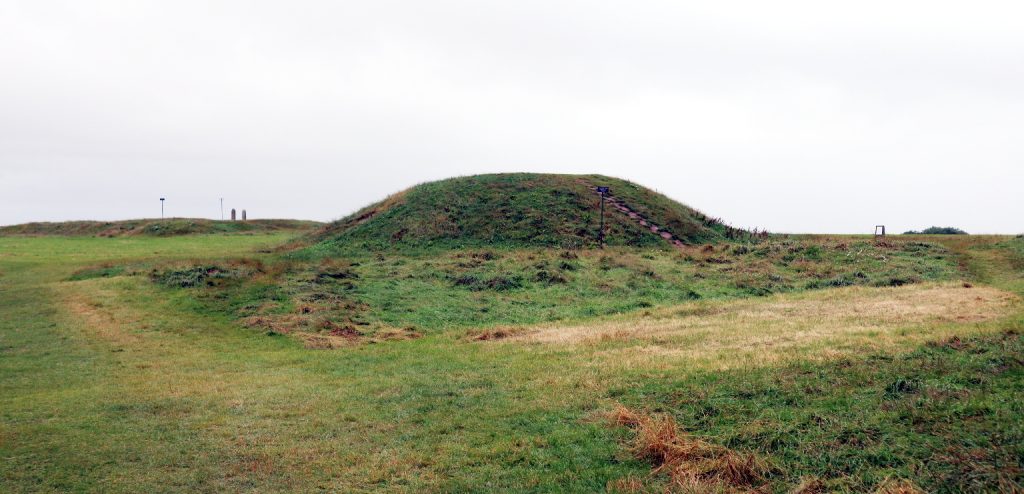
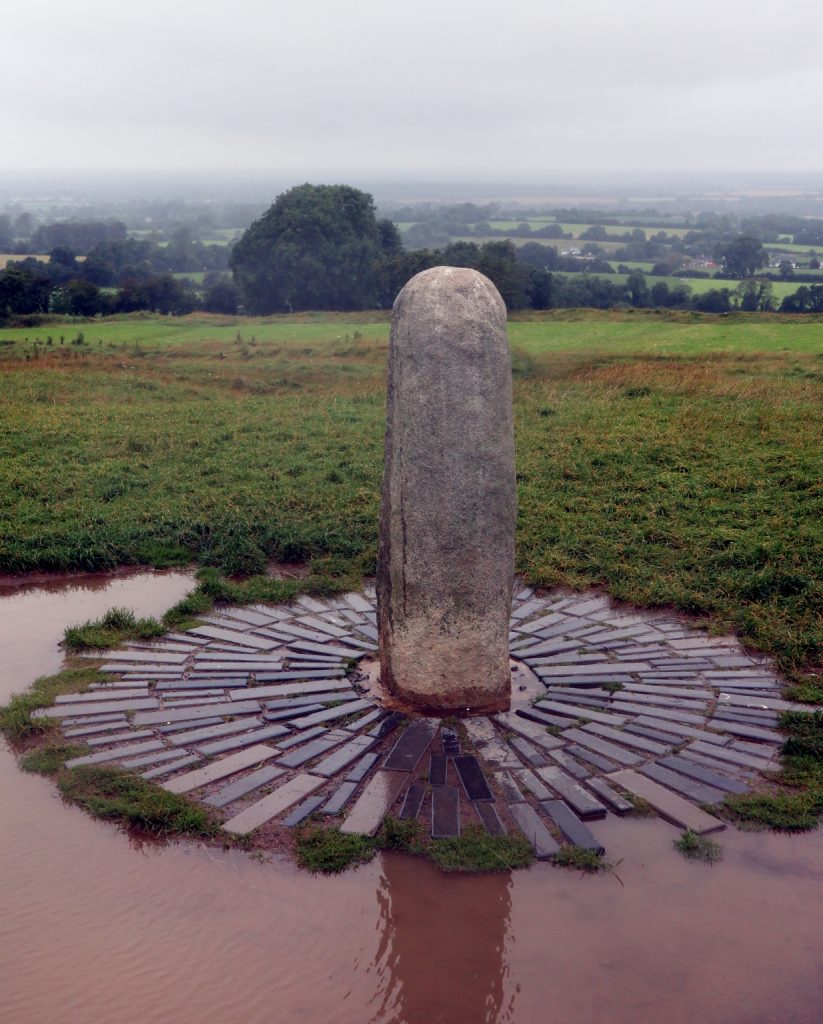
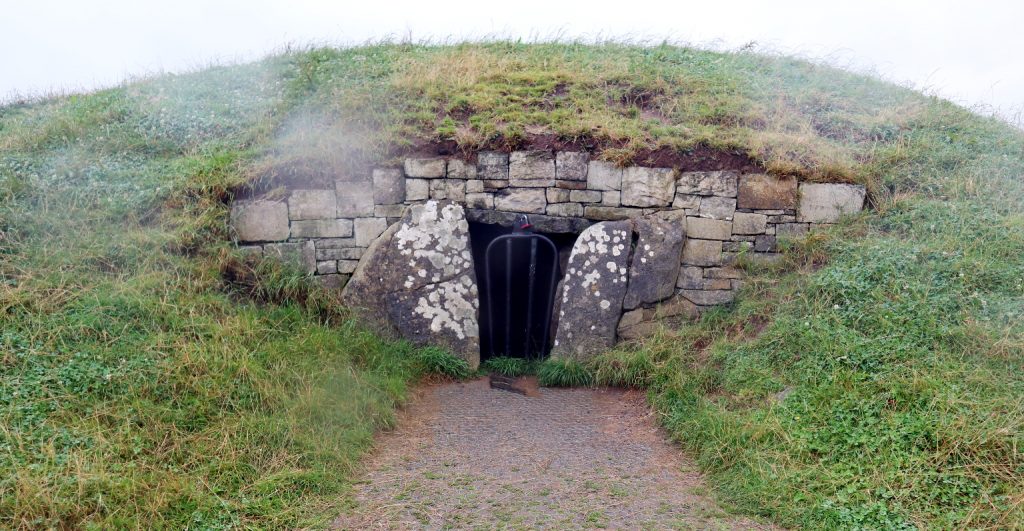
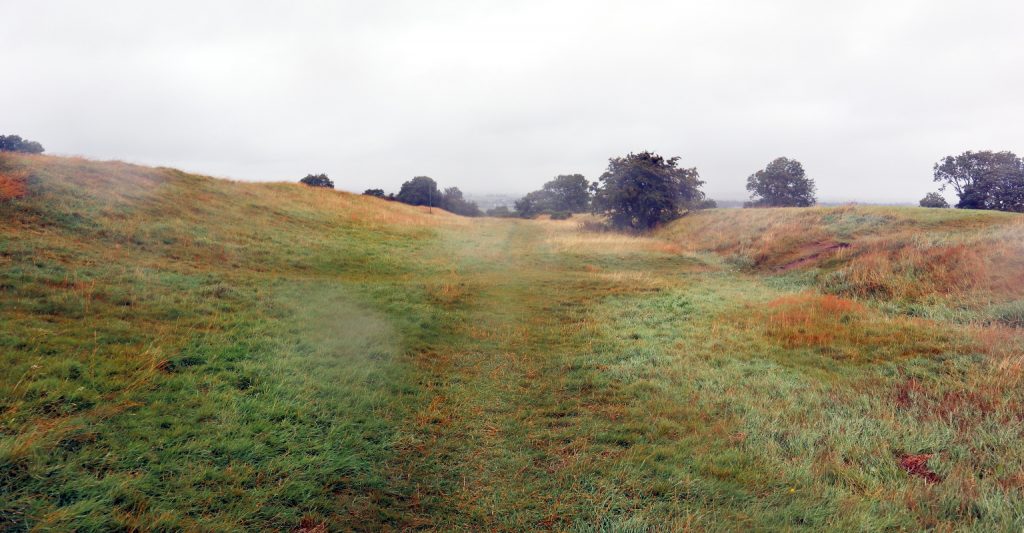
Even with the rain pelting down, that hillside was worth visiting.
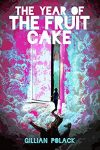
 Gillian is an Australian science fiction author and fan with doctorates in medieval history and creative writing. She lives in the centre of the known universe (Canberra), and was GUFF delegate in 2014. Her new novel, Year of the Fruit Cake, is available from all the best book stores and webshops. If you spot her at the convention, be sure to pick a surprise from her lucky dip bag.
Gillian is an Australian science fiction author and fan with doctorates in medieval history and creative writing. She lives in the centre of the known universe (Canberra), and was GUFF delegate in 2014. Her new novel, Year of the Fruit Cake, is available from all the best book stores and webshops. If you spot her at the convention, be sure to pick a surprise from her lucky dip bag.

